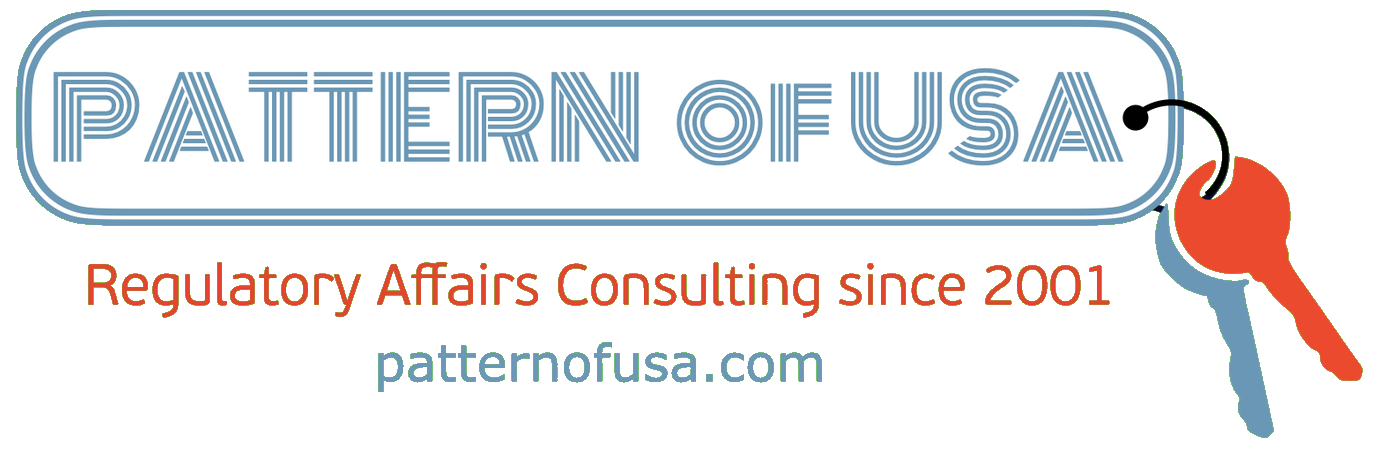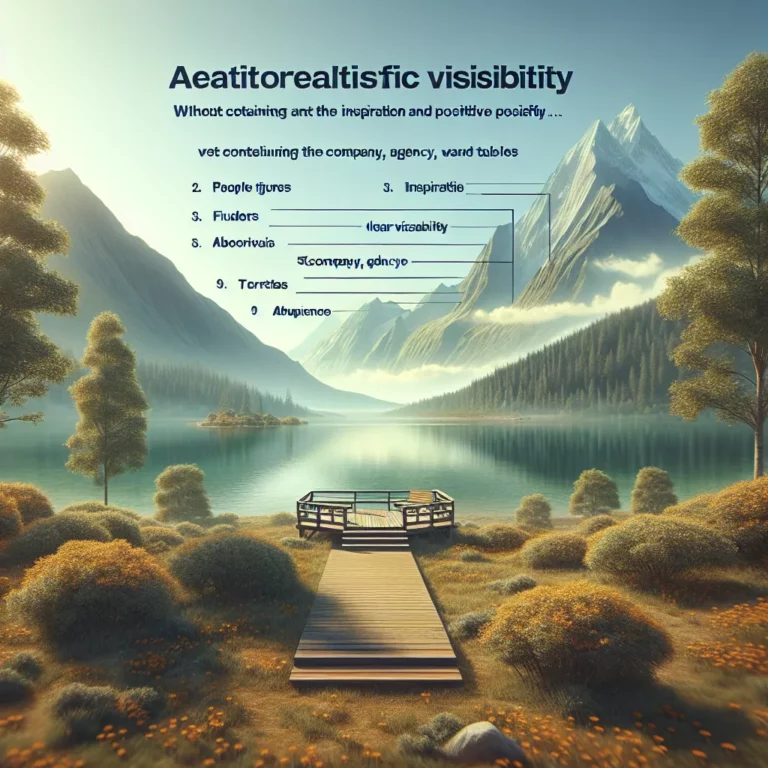16 new medicines recommended for approvalEMA’s human medicines committee (CHMP) recommended 16 medicines for approval at its April 2025 meeting.The CHMP recommended granting a…, Positive recommendations on new medicines , Alyftrek International non-proprietary name (INN) deutivacaftor / tezacaftor / vanzacaftor…, Attrogy INN diflunisal Marketing-authorisation applicant…, Duvyzat INN givinostat Marketing-authorisation applicant…, Sephience INN sepiapterin Marketing-authorisation applicant…, Tepezza INN teprotumumab Marketing-authorisation applicant…, Ziihera INN zanidatamab Marketing-authorisation applicant…, Positive recommendations on new biosimilar medicines , Dazublys INN trastuzumab Marketing-authorisation applicant…, Denbrayce INN denosumab Marketing-authorisation applicant…, Denosumab BBL INN denosumab Marketing-authorisation applicant…, Enwylma INN denosumab Marketing-authorisation applicant…, Izamby INN denosumab Marketing-authorisation applicant…, Junod INN denosumab Marketing-authorisation applicant…, Vevzuo INN denosumab Marketing-authorisation applicant…, Yaxwer INN denosumab Marketing-authorisation applicant…, Zadenvi INN denosumab Marketing-authorisation applicant…, Positive recommendation on new hybrid medicine , Oczyesa INN octreotide Marketing-authorisation applicant…, Positive recommendations on extensions of therapeutic indications , Adcetris INN brentuximab vedotin Marketing-authorisation holder…, Adempas INN riociguat Marketing-authorisation holder…, Amvuttra INN vutrisiran Marketing-authorisation holder…, Calquence INN acalabrutinib Marketing-authorisation holder…, Cystadrops INN mercaptamine Marketing-authorisation holder…, Jivi INN damoctocog alfa pegol Marketing-authorisation holder…, Veklury INN remdesivir Marketing-authorisation holder…, Vyvgart INN efgartigimod alfa Marketing-authorisation holder…, Xofluza INN baloxavir marboxil Marketing-authorisation holder…, Zoonotic Influenza Vaccine Seqirus Common name zoonotic influenza vaccine (H5N8) (surface antigen, inactivated,…, Re-examination of initial marketing authorisation application , Kisunla INN donanemab Marketing-authorisation applicant…, Withdrawal of initial marketing authorisation application , Dazluma INN troriluzole Marketing-authorisation applicant…, Withdrawal of application to change the marketing authorisation , Ngenla INN somatrogon Marketing-authorisation holder…
































